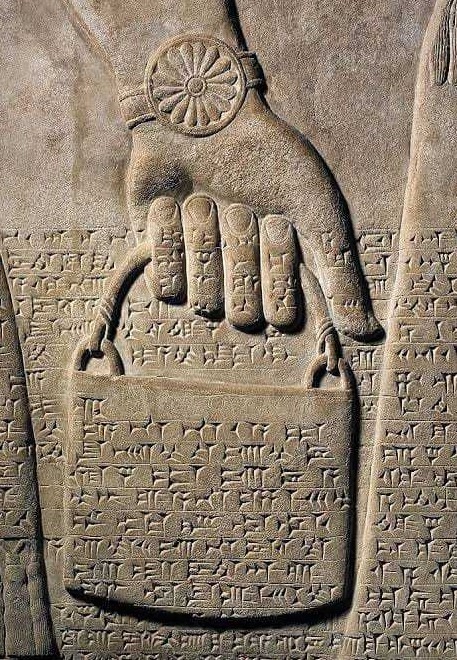The evolution of writing stands as one of humanity’s most significant achievements, marking the transition from oral traditions to recorded history. The earliest known writing system, attributed to the Sumerians of ancient Mesopotamia, emerged around 3000 BC in the fertile lands of southern Iraq. This article delves into the origins of writing, exploring the innovations of the Sumerians and the profound impact of their invention on human civilization.

The Sumerians: Pioneers of Writing The Sumerians, inhabitants of the region known as Sumer in ancient Mesopotamia, are credited with inventing the earliest known writing system—cuneiform. Developed around 3000 BC, cuneiform consisted of wedge-shaped characters impressed into clay tablets using a stylus. Initially used for record-keeping and administrative purposes, cuneiform later evolved into a versatile script capable of conveying complex ideas, literature, and legal codes.
The Birth of Cuneiform The origins of cuneiform can be traced to the need for efficient record-keeping in Sumerian society. As agricultural practices advanced and urban centers grew, the demand for accurate accounting of goods, transactions, and administrative matters became paramount. In response to this need, the Sumerians developed a system of symbols representing quantities, objects, and concepts—a precursor to the cuneiform script.
The Evolution of Writing Over time, the Sumerian writing system evolved from simple pictographs representing objects to more abstract symbols representing sounds and syllables—a crucial step towards the development of true writing. This shift from pictographic to phonetic writing allowed for greater flexibility and expressiveness in conveying spoken language, paving the way for the creation of literature, poetry, and historical records.
The Legacy of Cuneiform The invention of writing by the Sumerians marked a transformative moment in human history, enabling the preservation and transmission of knowledge across generations. Cuneiform inscriptions found on clay tablets provide invaluable insights into ancient Mesopotamian culture, religion, law, and technology. Moreover, the spread of writing systems based on cuneiform—including Akkadian, Assyrian, and Babylonian—further solidified its legacy as a foundational element of civilization.
Implications for Human Civilization The development of writing by the Sumerians had far-reaching implications for human civilization. It facilitated the rise of centralized states, the codification of laws, the dissemination of religious texts, and the recording of scientific knowledge. Writing also fostered cultural exchange and trade between civilizations, laying the groundwork for the interconnected world we inhabit today.
Preserving the Written Word As we reflect on the origins of writing and the contributions of the Sumerians, it is essential to recognize the importance of preserving the written word for future generations. Archaeologists, historians, and linguists work tirelessly to decipher ancient texts, reconstruct lost languages, and unlock the secrets of the past. By safeguarding these invaluable artifacts, we ensure that the legacy of the Sumerians and other ancient civilizations continues to inspire and enlighten us.
The invention of writing by the Sumerians around 3000 BC represents a watershed moment in human history. Through their creation of the cuneiform script, the Sumerians laid the foundation for the written word, opening new avenues for communication, expression, and knowledge dissemination. As we celebrate the achievements of the Sumerians, may we also recognize the enduring power of writing to shape our world and preserve the collective wisdom of humanity for generations to come.




